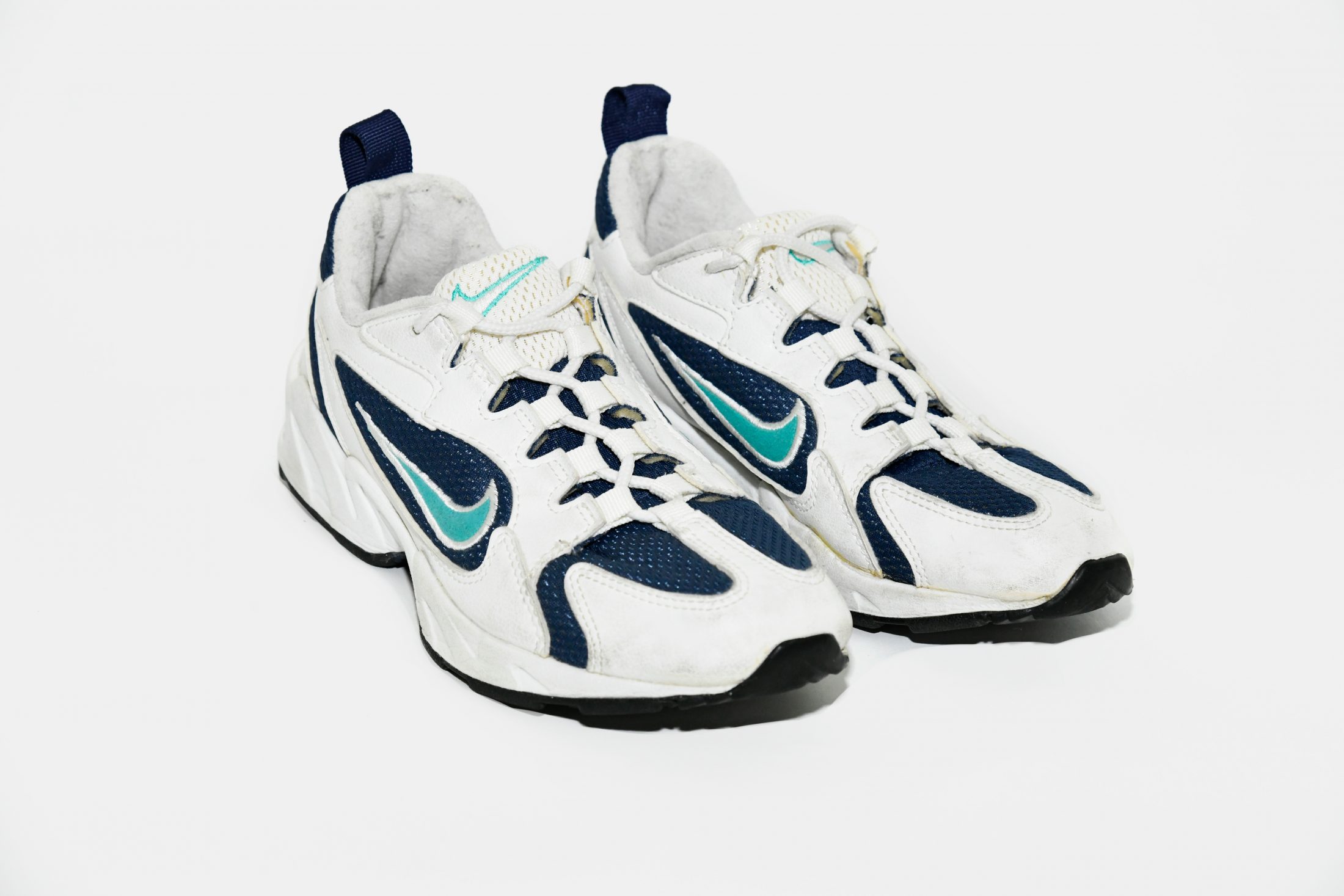5 Tips Womens Hiking Boots

Hiking is an excellent way to connect with nature, challenge yourself physically, and enjoy breathtaking views. For women, having the right gear, especially hiking boots, can make all the difference between a comfortable, enjoyable hike and a miserable, painful one. Here are five tips to consider when selecting and using women’s hiking boots to ensure your hiking experiences are memorable for all the right reasons.
1. Understand Your Hike
Before choosing your hiking boots, it’s crucial to understand the terrain, distance, and weather conditions of your hike. Different hikes require different features in a boot. For instance, if you’re planning a light day hike on well-maintained trails, a lighter boot with good traction might suffice. However, for multi-day backpacking trips or hikes in rugged, wet, or snowy conditions, you’ll need boots that are more robust, waterproof, and possibly insulated. Knowing what you’re getting into helps you select boots that match your hike’s demands.
2. Fit is Everything
The fit of your hiking boots is paramount. Ill-fitting boots can lead to blisters, discomfort, and even injuries. When trying on boots, wear the same type of socks you plan to hike in, and try them on in the afternoon, as feet tend to swell throughout the day. Ensure there’s enough room in the toe box for your toes to wiggle slightly, but not so much room that your foot slides forward and backward with each step. Also, consider the width and the height of the boot around your ankle for adequate support.
3. Choose the Right Material
The material of your hiking boots can significantly impact your hiking experience. Full-grain leather boots are durable and provide excellent waterproofing but can be heavy and stiff. Split-grain leather or synthetic boots are lighter, breathe better, and are often more affordable, but may not be as durable or waterproof. Consider the balance between protection, durability, and comfort based on your hiking plans. Additionally, look for boots with a waterproof and breathable membrane, such as Gore-Tex or similar technology, if you expect to hike in wet conditions.
4. Break Them In
New hiking boots, especially those made from leather, often require a break-in period. This process can be painful if not done properly. Start by wearing your boots around the house or for short walks before taking them on a long hike. Gradually increase the duration and distance you wear them to allow your feet and the boots to adjust. Applying leather conditioners can also help soften the leather and accelerate the break-in process.
5. Maintain Your Boots
Lastly, the longevity and performance of your hiking boots depend significantly on how well you maintain them. After each use, clean your boots to remove dirt and debris. For leather boots, apply a waterproofing treatment periodically to maintain their water resistance. Allow your boots to dry naturally if they get wet; do not accelerate the drying process with heat. Regular maintenance not only extends the life of your boots but also ensures they continue to perform well and protect your feet as intended.
Frequently Asked Questions
How often should I waterproof my hiking boots?
+The frequency of waterproofing your hiking boots depends on how often you use them and in what conditions. As a general rule, apply a waterproofing treatment after every 1-2 weeks of heavy use or when you notice the water resistance diminishing. Always follow the manufacturer's instructions for the specific waterproofing product you're using.
Can I use hiking boots in snowy conditions without additional gear?
+While some hiking boots are insulated and waterproof, making them suitable for cold and wet conditions, they may not provide enough traction on snow and ice. For hiking in snowy conditions, consider using crampons or microspikes for added grip. Additionally, ensure your boots are both waterproof and breathable to keep your feet dry and comfortable.
What's the difference between hiking shoes and hiking boots?
+Hiking shoes are generally lower-cut, lighter, and more flexible than hiking boots. They are suitable for day hikes on well-maintained trails where ankle support is not a priority. Hiking boots, on the other hand, offer higher ankle support, are more durable, and often provide better protection against rough terrain and bad weather, making them ideal for backpacking trips, rugged terrain, or multi-day hikes.
In conclusion, choosing the right women’s hiking boots involves understanding your hike, ensuring a good fit, selecting appropriate materials, breaking them in properly, and maintaining them well. By following these tips, you can enhance your hiking experiences, ensuring comfort, safety, and the enjoyment of the great outdoors. Whether you’re a seasoned hiker or just starting out, the right boots can make all the difference in your adventures.



